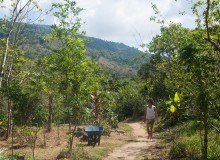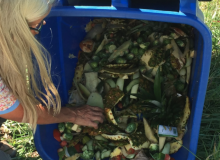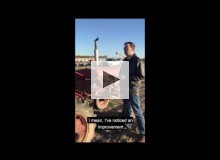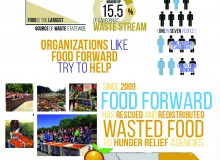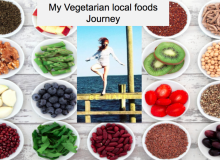Agriculture
Northwestern University
What are the financial and cultural challenges Kalu Yala is facing in recruiting Panamanian residents as interns and staff?
Northwestern University
Young people are exploring food systems through farming. We compared the group we met while in Panama with an urban farm on the South Side of Chicago.
Sewanee: University of the South
Sewanee student Chris Hornsby explains his blueprint for the creation of self-sustaining and equitable tribal communities. And it all begins with larvae.
Northwestern University
In a place so focused on environmental sustainability, an important caveat at the eco-town Kalu Yala is its struggle to create an environment that is mentally sustainable.
Planet Forward
Planet Forward Founder Frank Sesno spoke with Katie Dotterer-Pyle, Shawn Lightfoot, and Chris Policinski about innovation at all levels, from farms to communities to corporations.
Mobile Agricultural Power Solutions
Where's the PUP now? Here's the story of what's happened with the Practical Utility Platform and the team since we won the Storyfest 2015 prize.
University of Arkansas, Fayetteville
Instead of giving people in need food, lets have then earn it.
George Washington University
Southern California produces a sizable country of the nation's produce, yet the community has a sizable proportion of its residents who are food insecure; Food Forward is a new NGO that recovers and redistributes food to hunger relief organizations... Read More
SUNY College of Environmental Science and Forestry
Biointensive farming is a strategy of cultivating crops that focuses on producing the most output with minimum input. The objective is to use less water, less energy, and less land, to produce large yields of crops.
SUNY College of Environmental Science and Forestry
I want you all to imagine a world where tall smokestacks didn’t fill the sky with gray clouds of pollution, where forests weren’t clear cut for food and turned into wasteland, where animals as well as their habitats were not objectified, tortured... Read More

_1.jpg%3Fitok=mkonQV3f)
